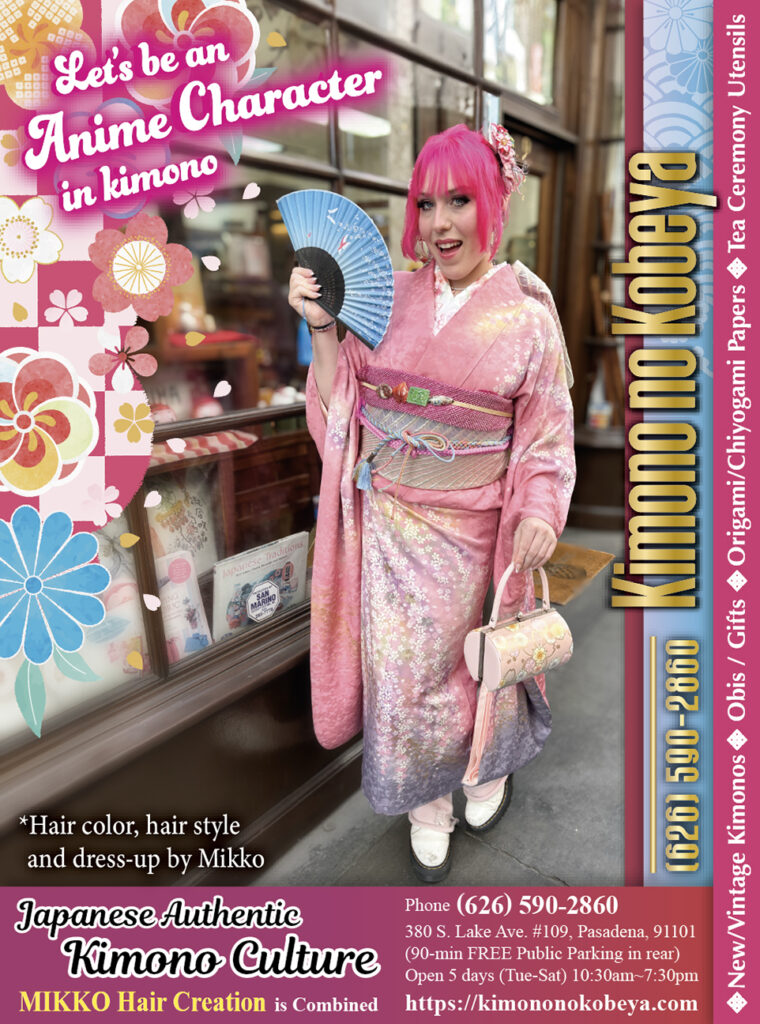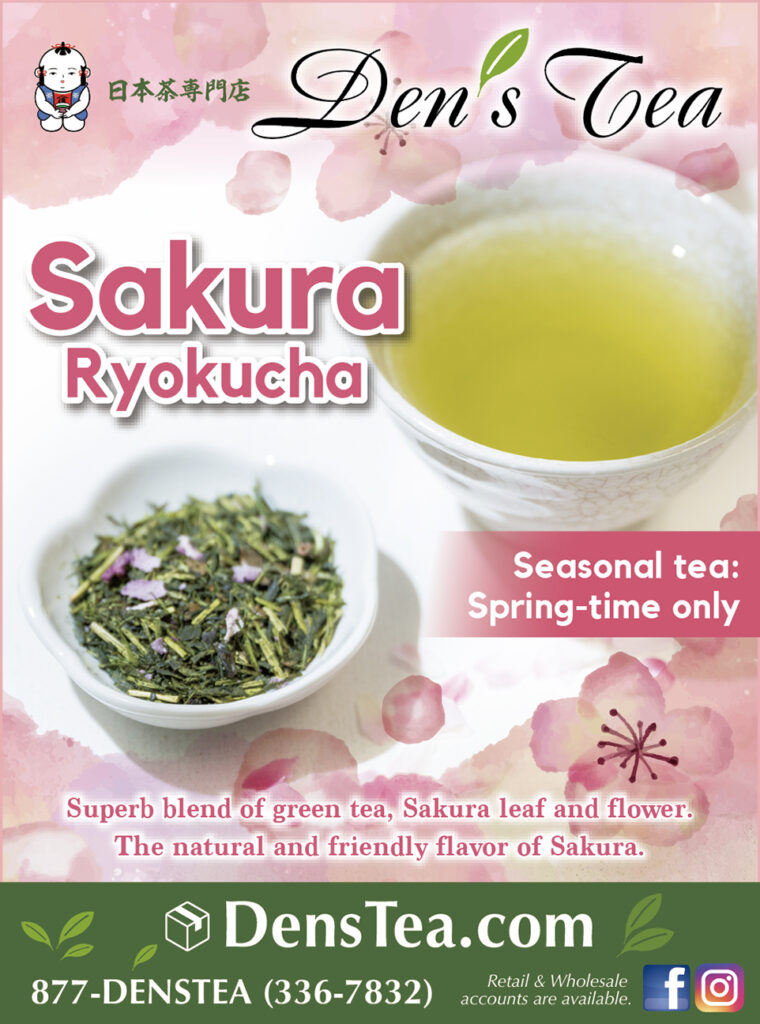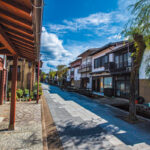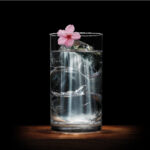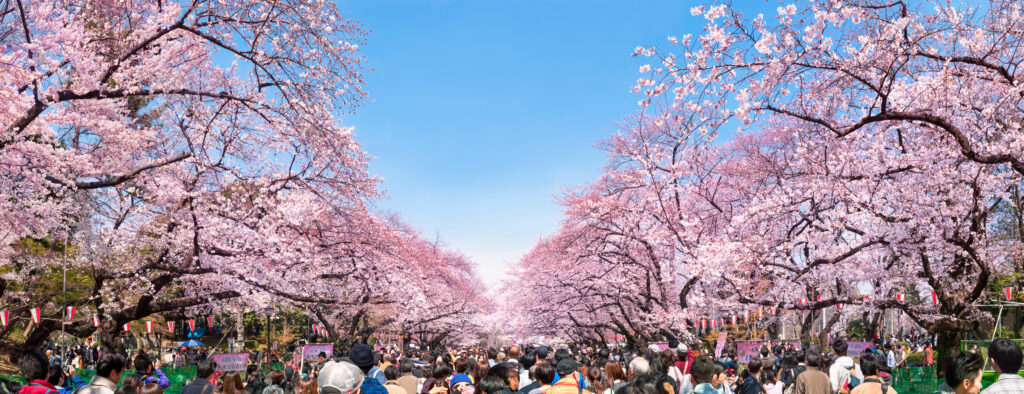
The Season of Cherry Blossoms is Here: A Symbol of Japanese Spring
As the cherry blossoms bloom, cities across Japan become adorned with delicate pink hues, signaling the arrival of spring. The sight of fully bloomed cherry trees in parks, along riversides, and lining city streets creates a breathtaking spectacle. When the official bloom forecasts are announced, people begin planning their hanami (cherry blossom viewing) gatherings, a beloved seasonal tradition.
Cherry blossoms captivate not only with their beauty but also with their fleeting nature. These delicate flowers bloom for just about a week before their petals scatter, symbolizing the transient nature of life. This impermanence adds to their allure, making hanami an experience filled with appreciation for the moment. In recent years, cherry blossom-themed products, from sweets and beverages to cosmetics and fashion items, have further highlighted Japan’s deep affection for these iconic flowers.
However, cherry blossoms are not only cherished in Japan—they have also become a global symbol of beauty and renewal. One of the most famous displays outside Japan can be found in Washington, D.C., but cherry blossoms can also be enjoyed in various locations across California and beyond.
Why Are Cherry Blossoms So Special to the Japanese?
For the Japanese, cherry blossoms are more than just a seasonal flower. They embody the concept of mono no aware—a deep appreciation for the transient beauty of life. Their short-lived yet dazzling bloom serves as a reminder that all things are fleeting, an idea that has been celebrated in Japanese literature, poetry, and art for centuries.
Cherry blossoms are also closely tied to the spirit of bushido, the samurai code. Just as samurai valued living with dignity and facing death with grace, cherry blossoms bloom in full splendor and fall swiftly, never lingering beyond their prime. During the Edo period, samurai would reflect on the impermanence of life while admiring these blossoms.
Additionally, cherry blossoms are deeply embedded in major life milestones in Japan. The academic and business years in Japan start in April, meaning that entrance and graduation ceremonies, as well as company initiation ceremonies, often coincide with cherry blossom season. As a result, cherry trees often frame these pivotal moments in life, leaving a lasting emotional impression.
Japanese films, dramas, and animations frequently use cherry blossoms as a backdrop for emotional scenes—whether it’s a hopeful new beginning or a tearful farewell. From an early age, Japanese people associate cherry blossoms with nostalgia, change, and the excitement of fresh starts.
The Evolution of Cherry Blossoms in Japan
Cherry blossom appreciation dates back to the Heian period (794–1185), when both aristocrats and commoners alike admired their beauty. Originally, wild mountain cherries (yamazakura) were the most common variety, but with advancements in cultivation, new ornamental varieties emerged. As demand grew, nurseries began producing saplings for home gardens, paving the way for cherry trees to spread throughout Japan.
Today, the most iconic cherry blossom species in Japan is the Somei Yoshino, a hybrid variety that gained nationwide popularity due to its adaptability and rapid growth. Unlike most cherry trees, which take around ten years to bloom, Somei Yoshino trees can flower in as little as two years when grafted. This ability contributed to their widespread planting across Japan.
The influence of Somei Yoshino also extended beyond Japan. When cherry trees were gifted to Washington, D.C. in 1912, the majority of the 3,020 trees were of this variety. Interestingly, an initial shipment of 2,000 trees in 1909 had to be destroyed due to insect infestations, but the second batch successfully thrived. Today, these trees continue to grace the Tidal Basin area, drawing millions of visitors each spring.
Cherry trees, when given proper care, can live for centuries. With the right sunlight, soil, and protection from pests, they can thrive indefinitely. One of the oldest Somei Yoshino trees in Japan is believed to be in Kaiseizan Park in Fukushima Prefecture, planted between 1878 and 1880.
Cherry Blossoms in America—The National Cherry Blossom Festival in Washington, D.C.
The beauty of cherry blossoms transcends borders, captivating people worldwide. One of the most renowned celebrations outside Japan is the National Cherry Blossom Festival in Washington, D.C.
The festival traces its origins to 1912, when Yukio Ozaki, the mayor of Tokyo, donated over 3,000 cherry trees to the United States as a symbol of friendship. These trees, now flourishing along the Potomac River and the Tidal Basin, have become an iconic part of the city’s landscape. Every spring, from March to April, the festival attracts millions of visitors who enjoy parades, cultural performances, and cherry blossom viewing.
During the festival, attendees can experience Japanese culture through taiko drum performances, tea ceremonies, and food stalls serving traditional Japanese cuisine. The event serves as a bridge between Japan and the United States, reinforcing the strong ties between the two nations.
Cherry Blossoms Around the World
Although cherry blossoms originated in Japan, they have since spread worldwide. Cities like Vancouver, Paris, London, and Sydney have embraced these beautiful trees, integrating them into their own landscapes.
In Korea’s Jeju Island and Taiwan’s Alishan region, unique varieties of cherry blossoms thrive, adding their own distinctive charm. Even in European cities, cherry blossom festivals have gained popularity, showcasing Japan’s hanami tradition in an international setting.
Celebrating Cherry Blossoms in Japan vs. the U.S.
In Japan, hanami is a cherished tradition where families and friends gather beneath the blossoms, enjoying food and drinks. Recently, cherry blossom-themed sweets, drinks, and perfumes have gained popularity, further deepening Japan’s love for these flowers.
In the U.S., cherry blossom festivals provide an opportunity to experience Japanese culture. Events in New York, Chicago, and San Francisco include taiko drum performances and kimono fashion shows, drawing diverse audiences.
Experience Cherry Blossoms in California!
California is home to numerous cherry blossom festivals, especially in Los Angeles, San Francisco, and San Diego. These events celebrate Japanese culture through traditional arts, performances, and, of course, the beauty of cherry blossoms.
Los Angeles’ Cherry Blossom Festival features Japanese cultural exhibits, while San Francisco’s Japantown hosts a vibrant annual celebration. Stay tuned for more details on California’s best cherry blossom events in the next section!
Cherry Blossom Festivals in California
San Diego Cherry Blossom Festival
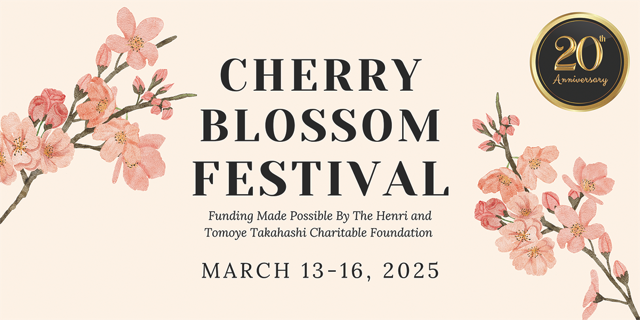
An annual JFGM-hosted festival celebrating Japanese culture and nature. Ticket required. Multiple areas offer food, shopping, children’s activities, and drinks.
Enjoy cherry blossoms within San Diego’s largest cultural facility, the Japanese Friendship Garden. Experience diverse aspects of Japanese culture.
Date: 3/13-16, 2025
Location: Japanese Friendship Garden, San Diego
Website: https://www.niwa.org/cbw
Shoeian Teahouse Cherry Blossom Festival

Held at the Japanese-affiliated teahouse in Glendale, California, this festival offers a variety of Japanese cultural experiences, from cuisine to kimono.
Enjoy regular performances, including demonstrations of sumo, bojutsu, Japanese dance, and koto. Authentic tea ceremony experiences are also available for a fee.
Date: 3/16, 2025
Location: Shoseian Tea House, Glendale
Website: https://www.glendaleteahouse.org/events/march-2025-cherry-blossom-festival
City of Torrance Cherry Blossom Cultural Festival
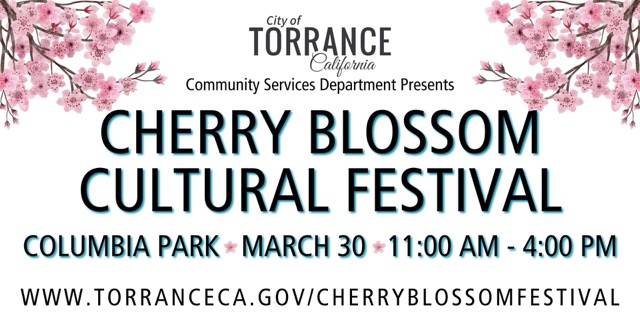
Held at Columbia Park, Cherry Blossom Cultural Festival offers live entertainment, crafts, and food while enjoying the park’s cherry blossoms.
Features include free art projects, Asian cultural performances, and a variety of food trucks. Visitors can picnic among over 100 cherry trees. Free parking and shuttle services are provided.
Date: 3/30, 2025
Location: Columbia Park, Torrance
Website: https://www.torranceca.gov/services/cultural-services-division-arts-and-classes/cherry-blossom-cultural-festival
Monterey Park Cherry Blossom Festival
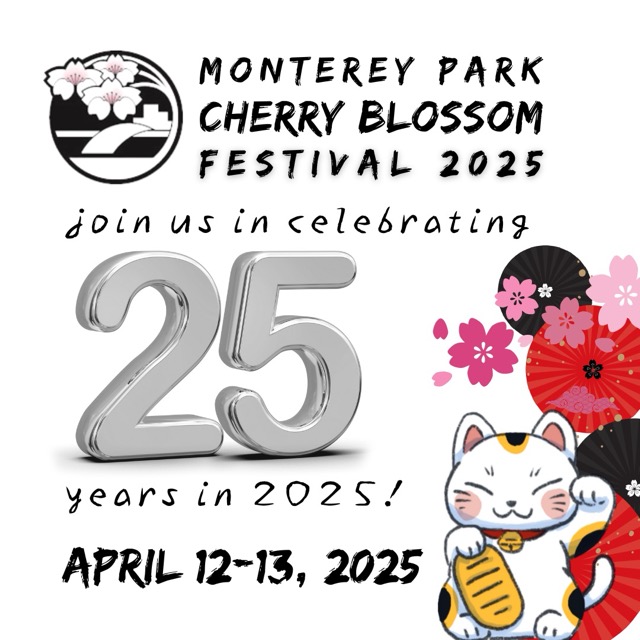
Monterey Park Cherry Blossom Festival offers a diverse experience of Japanese and Japanese-American culture through performances, hands-on activities, and special attractions.
Highlights include traditional arts, crafts, food, a tea ceremony, children’s activities, a cosplay contest, and guest appearances.
Date: 4/12-13, 2025
Location: Barnes Park, Monterey Park
Website: https://www.montereypark.ca.gov/673/Cherry-Blossom-Festival
Northern California Cherry Blossom Festival
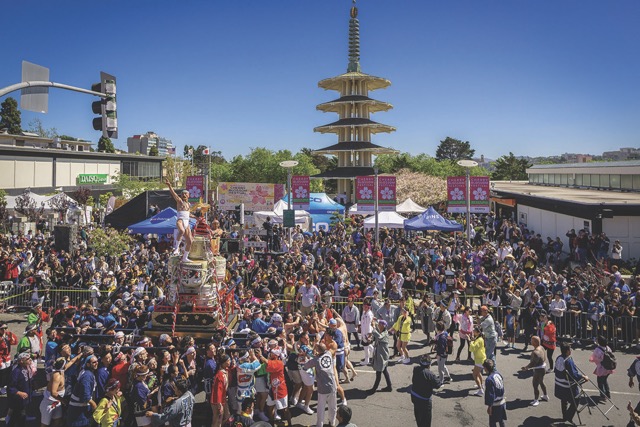
A renowned volunteer-run festival since 1968, showcasing Japanese arts with 100+ artists. Five areas feature crafts, children’s activities, food, indoor events, and a street stage.
The festival concludes with a vibrant two-hour Grand Parade featuring floats, celebrating Japanese and Japanese-American culture.
Date: 4/12-13 & 19-20, 2025
Location: Japan town peace plaza, San Francisco
Website: https://sfcherryblossom.org/
West Covina Cherry Blossom Festival
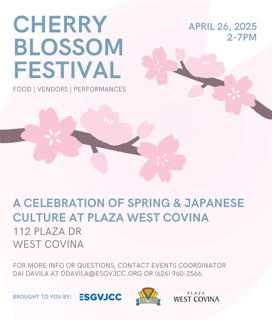
West Covina Cherry Blossom Festival is held in the outdoor parking lot of Plaza West Covina. Enjoy performances of taiko drumming, traditional music and dance, as well as Japanese food and martial arts demonstrations.
Last year, free cherry blossom festival umbrellas were given out on a first-come, first-served basis.
Date: 4/26, 2025
Location: Plaza West Covina, West Covina
Website: https://www.esgvjcc.org/2025-cherry-blossom-festival/
Cupertino Cherry Blossom Festival
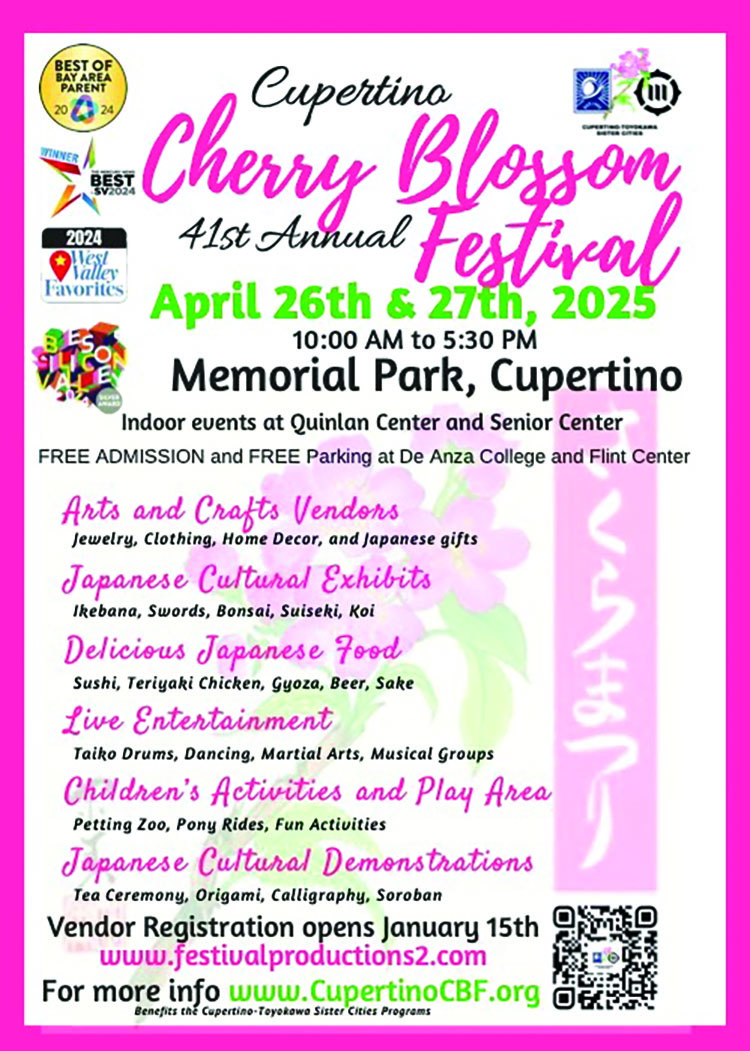
Held annually in Cupertino, Toyokawa’s sister city, this festival offers Japanese cultural experiences. Indoor and outdoor booths feature hands-on activities like origami and tea ceremony, plus taiko, martial arts, and music performances.
Voted Bay Area’s favorite family event for eight consecutive years.
Date: 4/26-27, 2025
Location: Memorial Park, Cupertino
Website: https://www.cupertinocherryblossomfestival.org/
Davis Cherry Blossom Festival

An annual event celebrating Asian American joy and culture, started by UC Davis students. Enjoy live music, dance, food, and cultural activities, plus charity fundraising.
Featuring musicians from Northern California and family-friendly experiences. Seasonal cherry blossom beer is available.
Date: 5/5-4, 2025
Location: Sudwerk Brewing Co, Davis
Website: https://davischerryblossomfestival.weebly.com/
Orange County Cherry Blossom Festival

Orange County Cherry Blossom festival offers a broad experience of Japanese culture, from traditional to modern. Enjoy taiko drumming, folk songs, and origami, alongside a cosplay contest, jazz, and video game tournaments.
With over 8,000 attendees, visitors can also savor Japanese food in a beautiful park setting.
Date: Date TBD
Location: Huntington Beach Central Park, Huntington Beach
Website: https://www.occbfest.com/?utm_source=Social&utm_medium=Instagram&utm_campaign=OCCBF_Website

